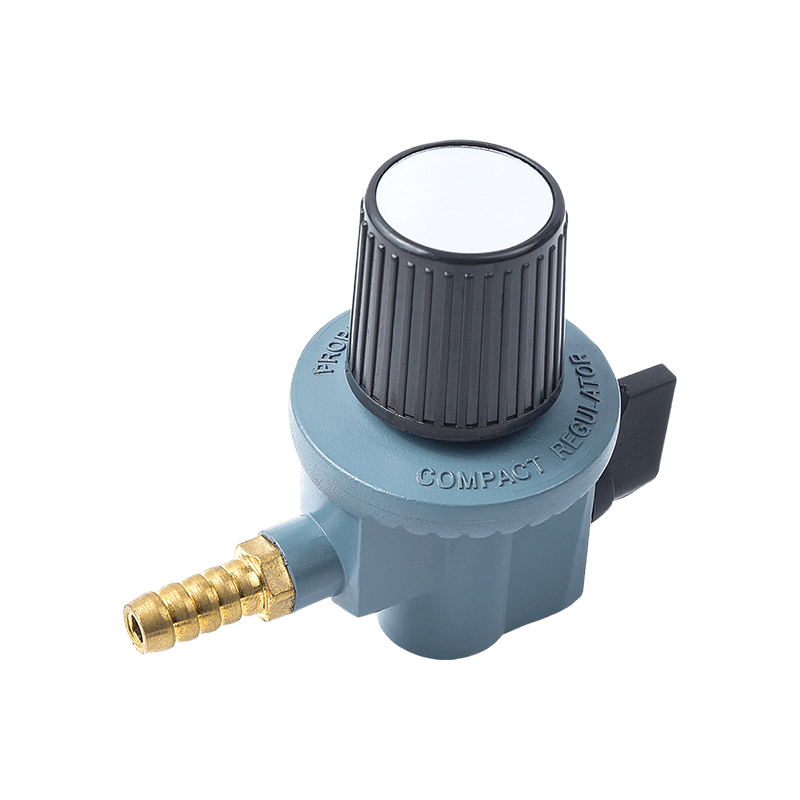1. Precise pressure control
The primary function of a high-pressure gas regulator is to regulate the pressure of a high-pressure gas source to the required lower working pressure. This precise pressure control is essential to ensure the normal operation of downstream equipment. For example, in semiconductor manufacturing and fine chemical production, the pressure of the gas needs to be maintained within a very narrow range, and any slight fluctuation may lead to reduced production efficiency or substandard product quality. High-pressure gas regulators ensure that the output gas pressure is stable and controllable through precise valve and spring devices.
2. Improve system safety
During gas delivery and processing, sudden changes in pressure may pose huge safety hazards. High-pressure gas regulators can automatically release excess gas when abnormal pressure is detected through built-in safety devices such as overpressure protection valves and pressure relief devices, thereby avoiding potential dangers caused by equipment overload or gas leakage. In addition, regulators are usually resistant to corrosion and high temperature, which further enhances their safety in harsh environments.
3. Ensure gas purity and quality
Gas purity and quality are critical in many applications, especially in the fields of pharmaceuticals, food processing and high-tech material manufacturing. High-pressure gas regulators are usually made of stainless steel or high-performance alloy materials, which have good corrosion resistance and anti-pollution ability, and can effectively prevent gas contamination during the regulation process. In addition, the seals in the regulator are precisely designed to prevent gas leakage and ensure that the purity and quality of the gas are not affected during transportation and processing.
4. Enhance energy efficiency
In high-pressure gas systems, energy efficiency is a key economic indicator. High-pressure gas regulators can effectively reduce energy consumption by reducing pressure loss in gas flow and optimizing gas flow. For example, many high-pressure gas regulators use advanced fluid mechanics designs to minimize eddies and turbulence in the gas flow, thereby reducing pressure drop and improving the overall efficiency of the system. This high-efficiency design not only reduces energy consumption, but also extends the service life of the equipment.
5. Adapt to a variety of industrial environments
High-pressure gas regulators are highly adaptable and can play a role in a variety of industrial environments. Whether in the fields of petrochemicals, metal smelting, aerospace or biomedicine, high-pressure gas regulators can be customized according to different process requirements. It is suitable for a wide range of gas types, including hydrogen, oxygen, nitrogen, argon and other industrial gases.
6. Improve the continuity and reliability of the process
In many continuous production processes, the stability of gas pressure directly affects the continuity of the process and the consistency of the product. The high-pressure gas regulator ensures that the gas pressure remains stable throughout the entire process through its reliable regulation function, thereby improving the continuous operation capability of the production line. This not only reduces downtime, but also reduces product losses caused by equipment failure or pressure fluctuations.

 EN
EN English
English 中文简体
中文简体
















